Iran to unveil supersonic cruise missile with 2,000 km range: IRGC Navy chief
The commander of Iran’s Islamic Revolution Guards Corps (IRGC) Navy says the Islamic Republic is to soon unveil a domestically developed supersonic cruise missile with a range of 2,000 kilometers (1,242 miles), further solidifying the country’s advanced military capabilities in naval defense.
The new projectile, set to be unveiled during the next Persian calendar year -- which will start on March 20 -- would significantly enhance Iran’s deterrence capabilities, Rear Admiral Alireza Tangsiri said on Sunday, detailing the latest advancements in the country’s naval power.
"We now have missiles that can be launched from the depths of the Iranian territory, eliminating the need for coastal launches," the commander stated, speaking during a special televised program titled Fajr (Dawn) of Hope; Powerful Iran, aired on the eve of the 46th anniversary of the historic victory of the country’s 1979 Islamic Revolution.
"With these advancements, we can strike targets in the Sea of Oman directly from the northern [part of the] Persian Gulf."
He confirmed that the Corps had successfully launched a cruise missile from southern part of the western Iranian Tabas region, saying the projectile accurately struck a target lying 650 kilometers (403 miles) away in the Sea of Oman that lies to the country’s south.
Bolstering coastal and naval defense
Highlighting Iran’s strategic military preparedness, Tangsiri revealed that the county’s entire 2,200-kilometer (1,367-mile) southern coastline has been fortified through collaboration between the IRGC, the Army’s naval forces, and the Basij volunteer force’s maritime division.
He further emphasized that many military assets have been strategically relocated to beneath high-altitude areas across the coastal areas, rendering them impervious to the enemy’s bunker-busting bombs.
“In the southern regions, we have leveraged the natural mountainous terrain to safeguard critical military infrastructure, ensuring that no missile or bomb can inflict damage on our assets,” he said.
IRGC expanding naval presence
The commander also highlighted Iran’s expanding naval reach, stating that the Corps’ Shahid Mahdavi military vessel -- that is capable of carrying helicopters and missile launchers -- was currently deployed in Indonesia alongside an Iranian Army naval fleet for joint military exercises.
Previously, the vessel undertook a remarkable 39-day mission, sailing as far as the waters lying near northern Australia and within 500 nautical miles of Diego Garcia, a key American military base in the Indian Ocean, he noted.
On Thursday, Chief of Staff of the Iranian Armed Forces Major General Mohammad Baqeri reaffirmed the country’s commitment to maintain a strong and strategic presence in international waters, emphasizing that Iran’s naval forces played a crucial role in ensuring regional security and countering foreign threats.
Iran’s first drone-carrying military vessel
Tangsiri also touched on another milestone achievement by Iran’s military-industrial complex, namely development of the Islamic Republic’s first drone carrier military vessel.
He revealed that the IRGC Navy had repurposed aging commercial vessels, transforming them into state-of-the-art drone carriers, a practice that only used to be employed by some, including the US and Britain.
“The first American aircraft carrier was originally a converted merchant ship. The British have done the same with captured German vessels, and recently, the Dutch handed over a commercial ship to the UK for transformation into a warship. Iran has followed a similar approach, successfully developing its first drone carrier,” he explained.
Iran harnesses aircraft arrestor technology
According to the commander, the IRGC has also mastered the aircraft arrestor technology -- that helps slowing down an aircraft, reducing its torque or the distance it could run on the ground during routine or emergency landings.
He said that the capability used to be previously exclusive to the United States, adding that its harnessing by the Islamic Republic further demonstrated the country’s self-sufficiency in high-tech military innovation.
‘All of Iran’s new missiles empowered by AI’
Tangsiri emphasized that all of Iran’s latest missiles were AI (artificial intelligence)-driven and equipped with precision-strike capabilities, underscoring the nation’s commitment to self-reliance in defense technologies.
Observers say Iran’s unveiling of the supersonic cruise missile and its expansion of its naval power signal a clear message of deterrence to the country’s adversaries that have been addressing it with a torrent of threats.
With these advancements, Iran continues to reinforce its standing as a formidable power in the region, showcasing military innovation that strengthens both national security and strategic deterrence, they note.
‘Multipolar world finally emerges’: Trump’s ‘National Security Strategy’ sparks online buzz
Netanyahu says won’t quit politics even if granted pardon in corruption trial
Macron warns Beijing of tariffs in bid for EU-China trade deal
White House pushing for Sisi–Netanyahu summit: Report
Iran’s tax-to-GDP ratio at 6.4% in March 2025: SCI
VIDEO | Tulkarm horror: Israeli forces used 10-year-old girl as human shield
VIDEO | Press TV's news headlines
VIDEO | Rallies held across Australia in support of Palestinians


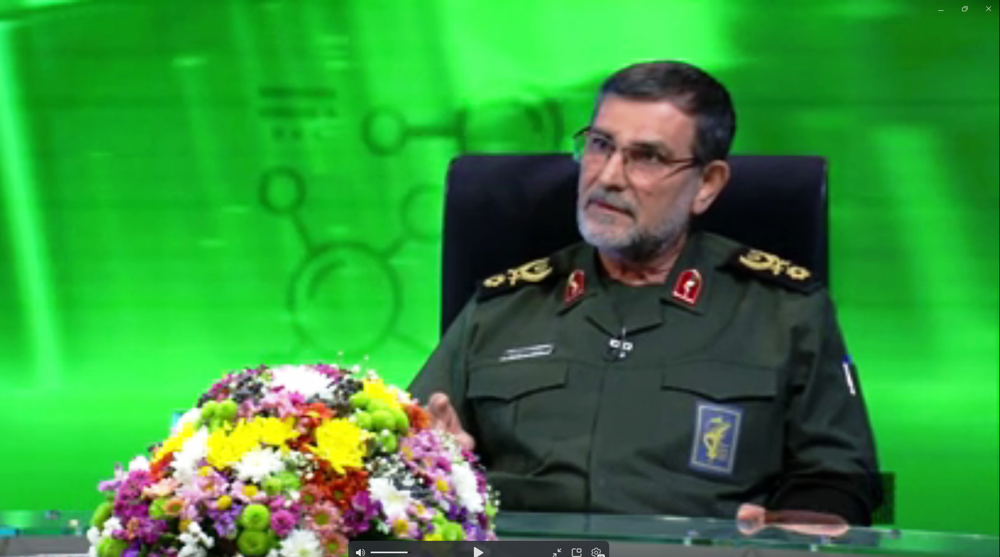
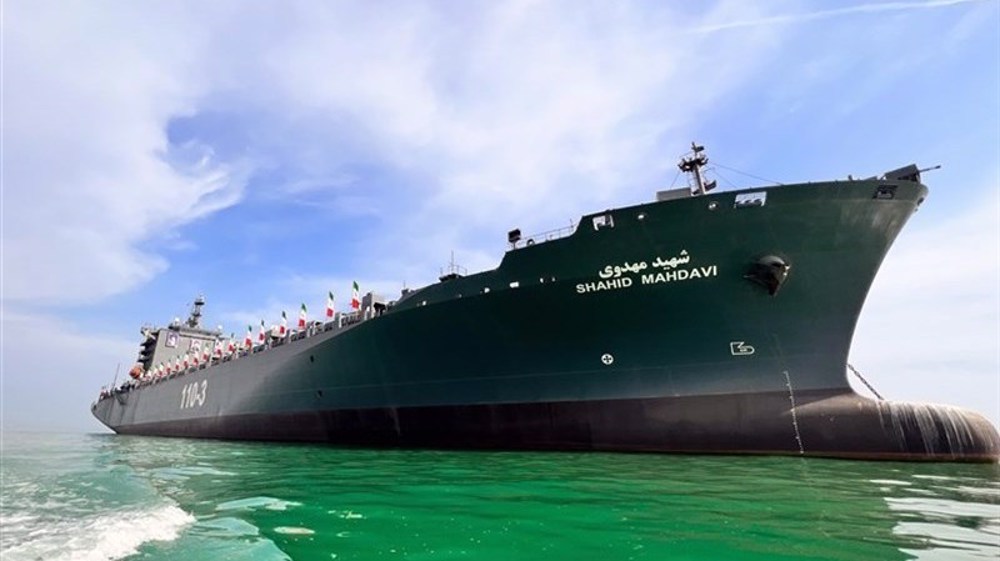
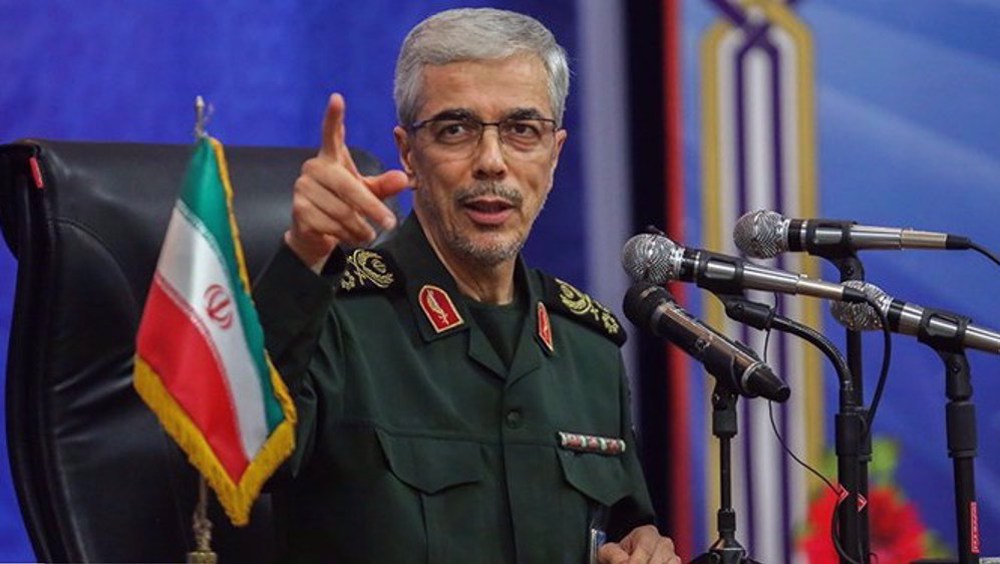
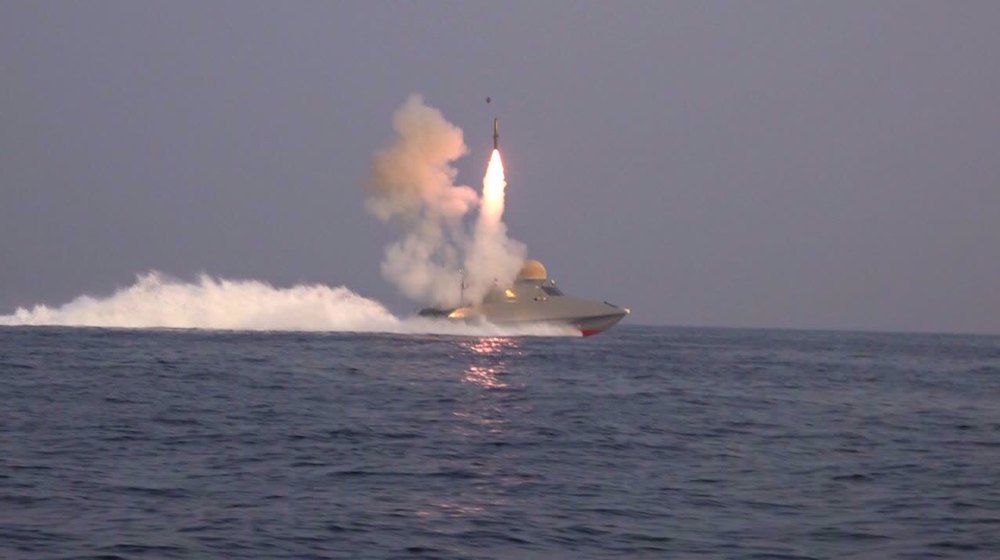
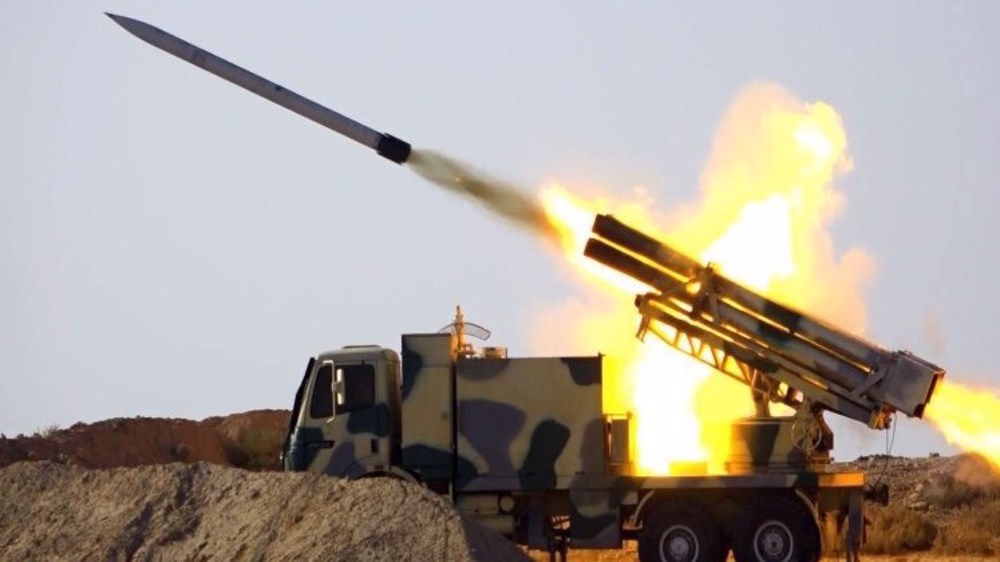
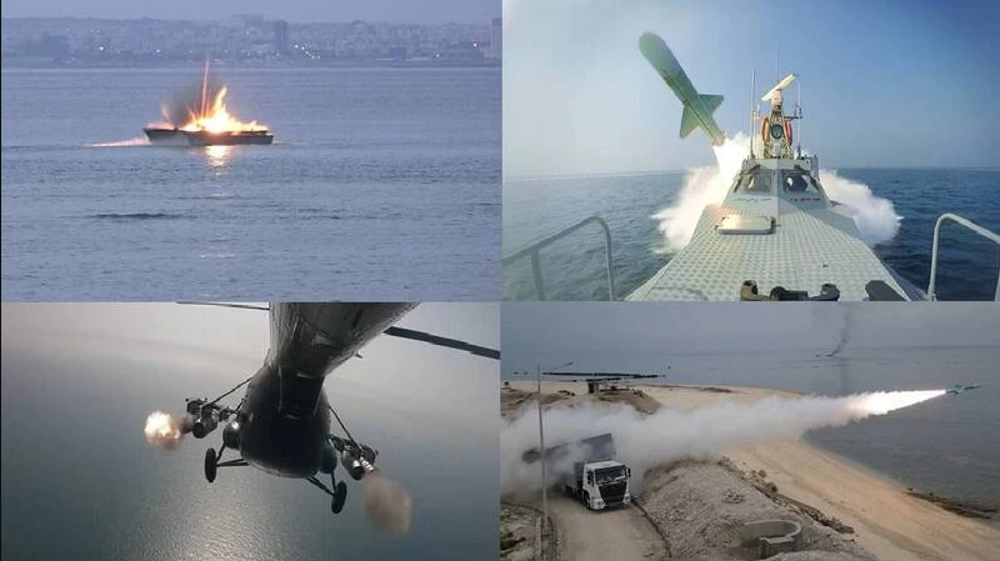



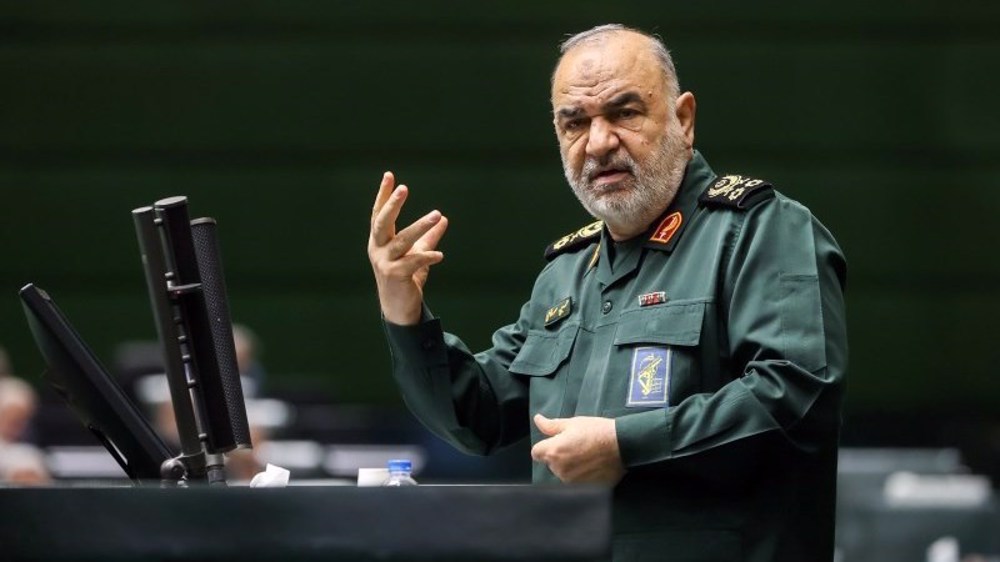
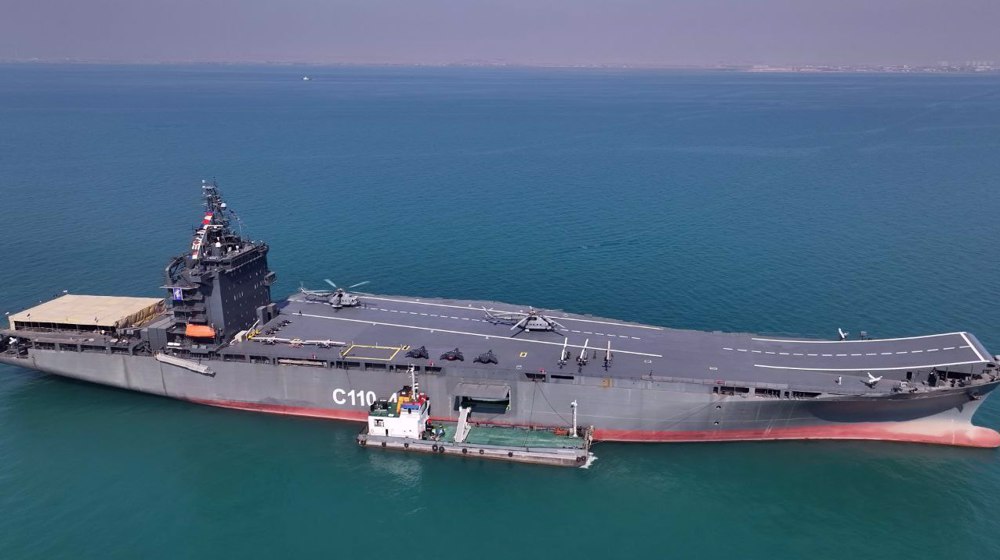
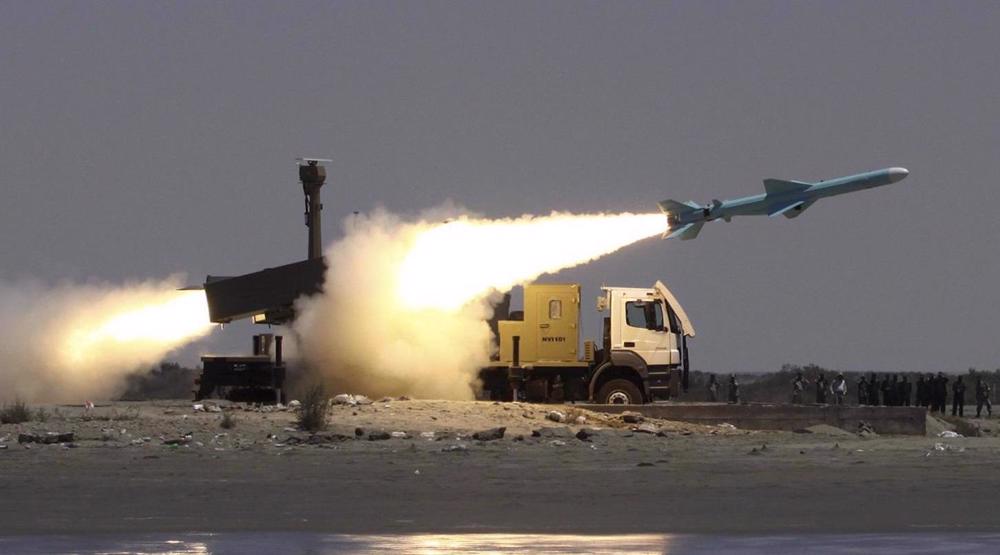

 This makes it easy to access the Press TV website
This makes it easy to access the Press TV website